The Last of Us is considered by many to be a modern masterpiece of storytelling in video games. It garnered widespread acclaim when it was released in 2013 and was a significant early title in establishing Sony’s lineup of prestige first-party titles.
After playing through its remake in The Last of Us Part 1, I’m left with one unanswered question: Why does this version of the game exist?
The Last of Us Part 1 Review: The Last time for the Third Time
Developer Naughty Dog bills The Last of Us Part 1 (TLoU Part 1) as a remake, not a remaster. That version released in 2014. The graphics here are fully rebuilt, while the gameplay and story are true to the original. On paper, it’s a winning concept. Who doesn’t want to revisit a near-consensus masterpiece in the best possible way?
The graphical enhancements touted by Naughty Dog aren’t just lip service. TLoU Part 1 is stunning; it’s one of the best-looking console games I’ve ever seen. The character models are incredibly lifelike, which brings the already-excellent performances to life. The new lighting system casts detailed shadows, and the chromatic effect of rainbows at the center of a flashlight beam looks authentic.
That said, some drawbacks come with that new graphical fidelity. Everyday objects that form crafting components blend too well with their surroundings, making them a chore to locate. There’s no telling which desk drawers can be opened and searched, so keeping stocked supplies often involves combing the perimeter of every object in the room.
Areas that were dark and atmospheric in the original are pitch black in this version, save for the area illuminated by the flashlight. Basic navigation is a chore more than before. These aesthetic tweaks make TLoU Part 1 look amazing but harder to play.
The story is as great as ever, every bit as poignant, exhilarating, and painful as before. The natural range of emotion and expression in Joel, Ellie, and the extended cast has lost none of its power and is as masterfully executed today as in 2013. It doesn’t deviate in any way — which is fine — but perhaps TLoU Part 1 is a missed opportunity to add additional depth or recontextualize things like Final Fantasy 7 Remake did.
What hasn’t aged as well is the actual gameplay. Unlike Resident Evil Remake or Final Fantasy 7 Remake, the way TLoU Part 1 plays hasn’t been adjusted — and that’s a problem. What was once passable stealth gameplay wrapped in subpar shooting mechanics becomes bad stealth gameplay wrapped in awful shooting by today’s standards.
Take the simple act of sneaking around human enemies as an example. You can dispatch enemies silently, but there’s no way to move or hide the bodies. Joel just leaves them in the middle of the floor for anyone to stumble across. If you are spotted, everyone in the area immediately knows where you are, as if they have a hive mind — even if you eliminate the enemy that discovered you before they make a sound or raise the alarm.
The shooting, meanwhile, is slow, clunky, and wildly imprecise. That could make the game difficult if the enemy AI wasn’t atrocious. Often, the fastest way to get from one area to the next is to hold a doorway and shoot the enemies as they file in one at a time, joining the growing pile of bodies at your feet. Mix in some Quick Time Events, and TLoU Part 1 plays like a mediocre game from the mid-2000s.
That’s not to say all the improvements made to TLoU Part 1 are purely superficial. The brilliant suite of accessibility features that debuted in The Last of Us Part 2 have been brought over here. This, even more so than the improved visual quality, is TLoU Part 1’s greatest achievement.
There are deeply customizable alternate controls, visual aids, and many different options to help with some of the different ways people process visual information. You can skip puzzles, tweak combat, and enable cinematic descriptions. There’s a care and thoughtfulness to it all that is readily apparent, and it’s the sort of feature-set that every game should endeavor to emulate and improve upon.
That doesn’t mean TLoU Part 1 dials down the violence and somber atmosphere. It’s still a mature title, with frightening monsters and a bleak world. The Clickers and Bloaters are more terrifying than ever, especially in 4K resolution with HDR and some great headphones. I’ve played this game multiple times in its various iterations, and I still took additional breaks to keep my stress levels from boiling over. The shifts between the action, story, and horror segments are well-spaced, with the right amount of time between sequences to keep things fresh.
That’s what puzzles me the most about this remake. The pacing is great because the pacing was always great. The story and characters are incredible because they were always incredible. These things didn’t get better because they didn’t need to. The good things about the original Last of Us are still good. The issue is that the things that weren’t good still aren’t. So why does this game exist?
The enhanced graphics are nice, but it’s not as though The Last of Us was ever bad-looking. The original also received a remaster a year after it launched, which still holds up. The graphics didn’t need to improve, but they did. The gameplay did need to improve and didn’t. When I reached the end of my playthrough of TLoU Part 1 and watched the credits roll, all I could think of was why I would play this if not for review — and I couldn’t come up with a good reason.
The Last of Us Part 1 Review — The Bottom Line
Pros
- All-time great storytelling is still great.
- Gorgeous new graphics.
- Outstanding new accessibility options.
Cons
- No updates to gameplay or mechanics.
- Awful shooting and poor stealth.
- New lighting and textures negatively affect gameplay.
The 2013 release of The Last of Us was highly influential. The brilliantly-written-and-performed story is as good as ever in The Last of Us Part 1, and the introduction of dozens of new accessibility features should be celebrated and emulated. The visual quality is staggering, bringing the emotional highs and lows of The Last of Us to the fore more than ever.
Unfortunately, the gameplay that was passable in 2013 isn’t good by today’s standards. Calling a game that hasn’t improved on a fundamental level a “remake” is a stretch. TLoU Part 1 is for super fans of the series or those who missed the first two versions, especially for accessibility reasons. For everyone else, it’s hard to recommend spending the 15 or so hours it takes to play through The Last of Us yet again.
[Note: Sony Interactive Entertainment provided the copy of The Last of Us Part 1 used for this review.]

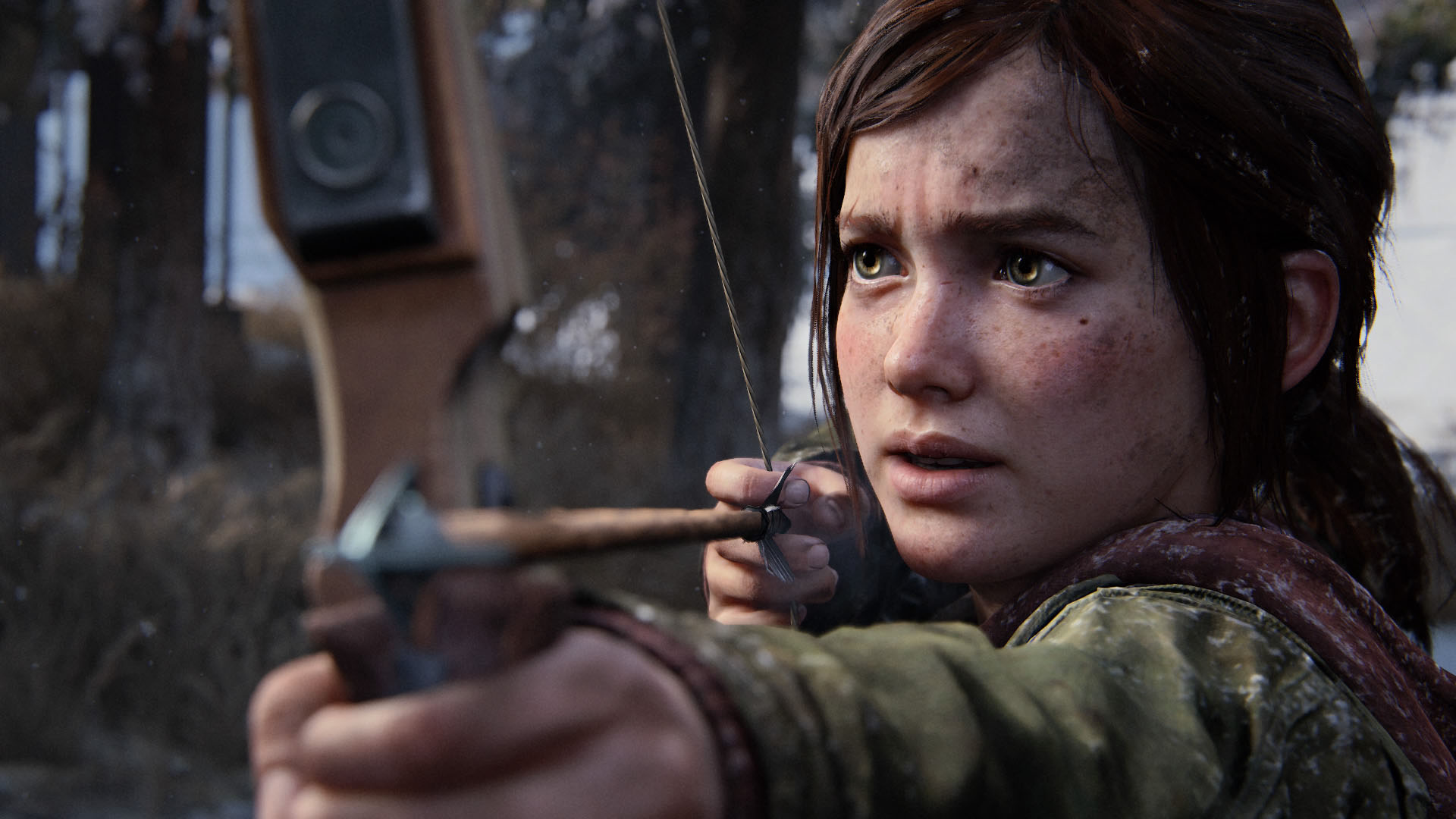
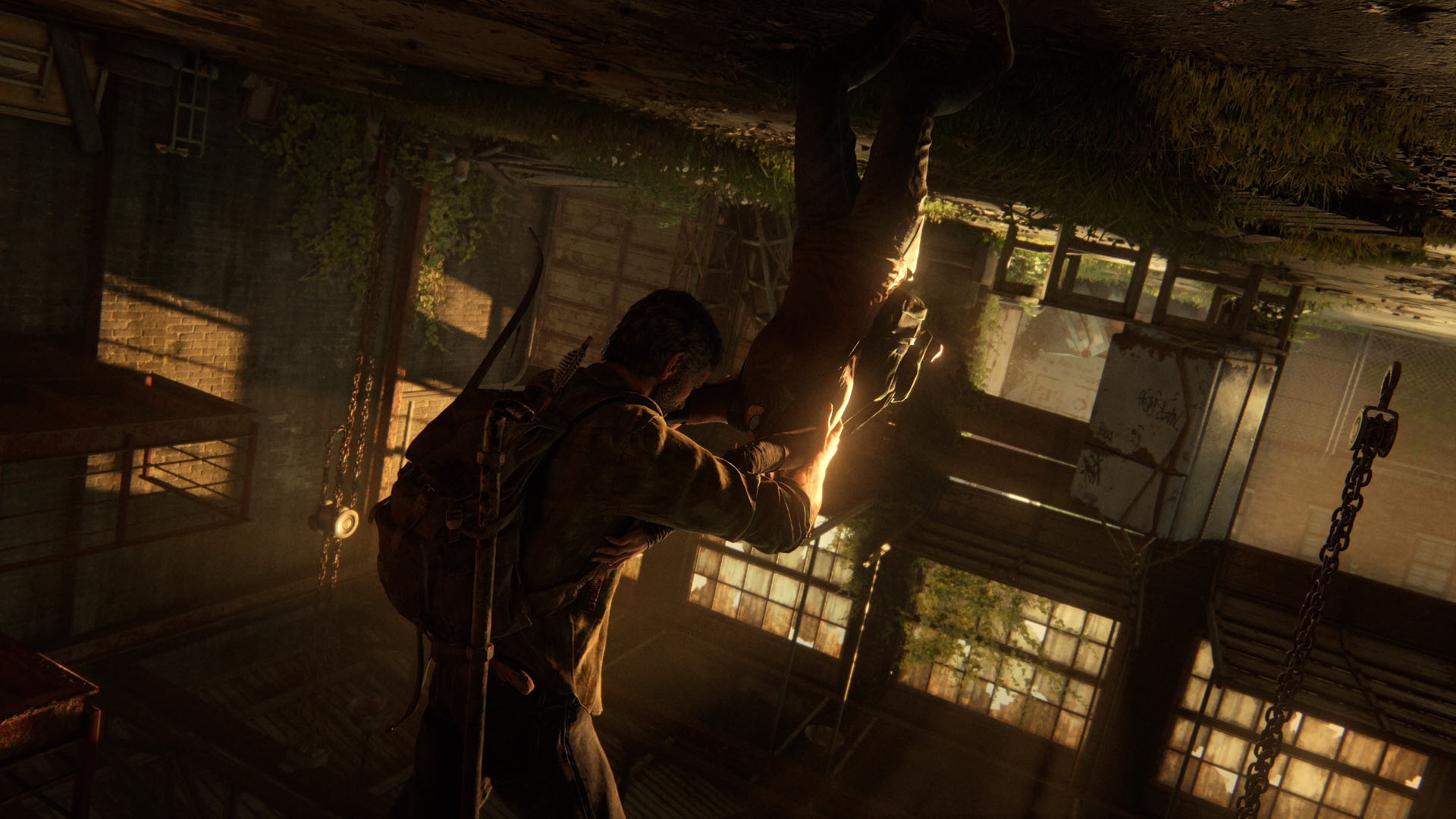
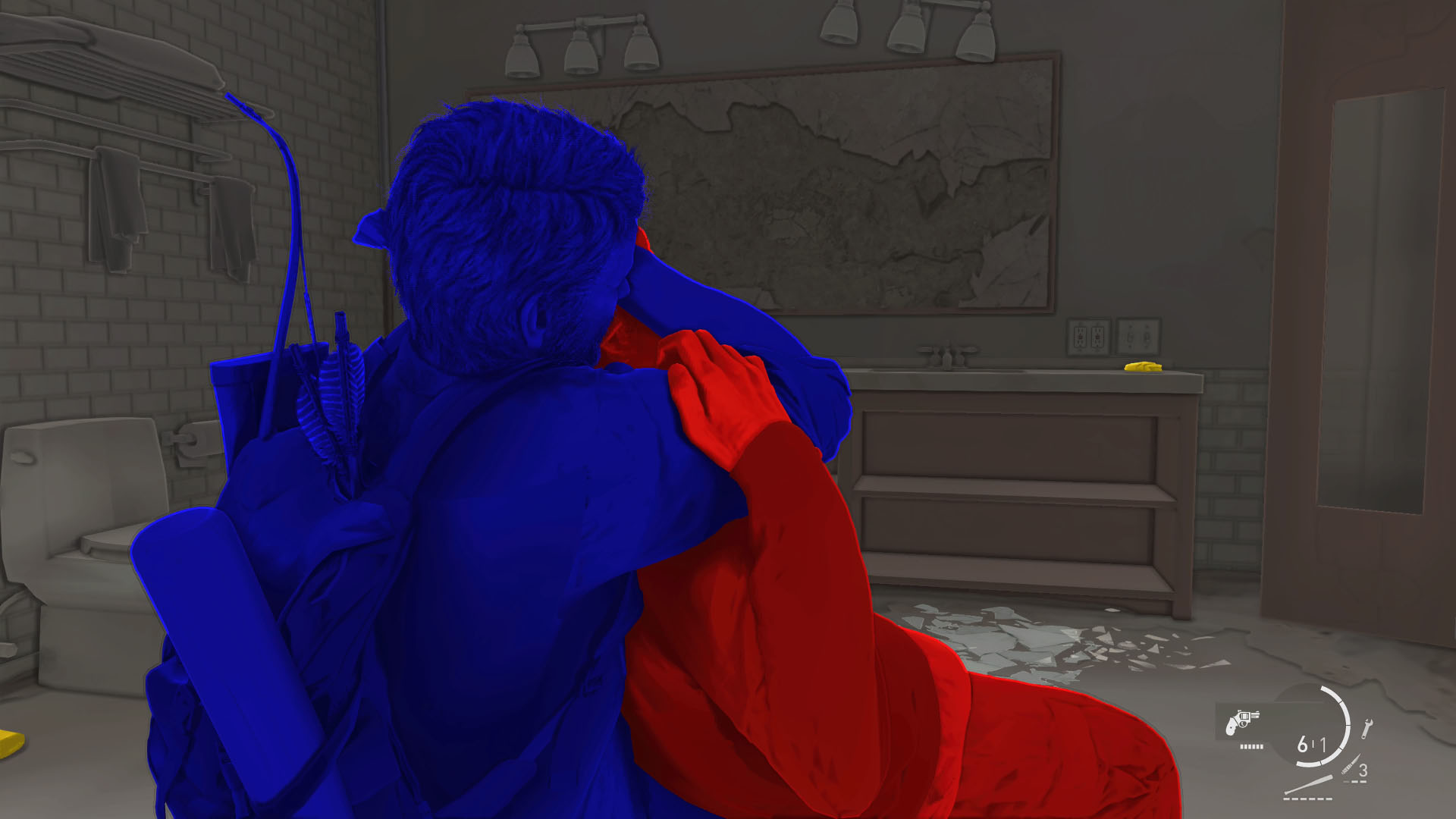
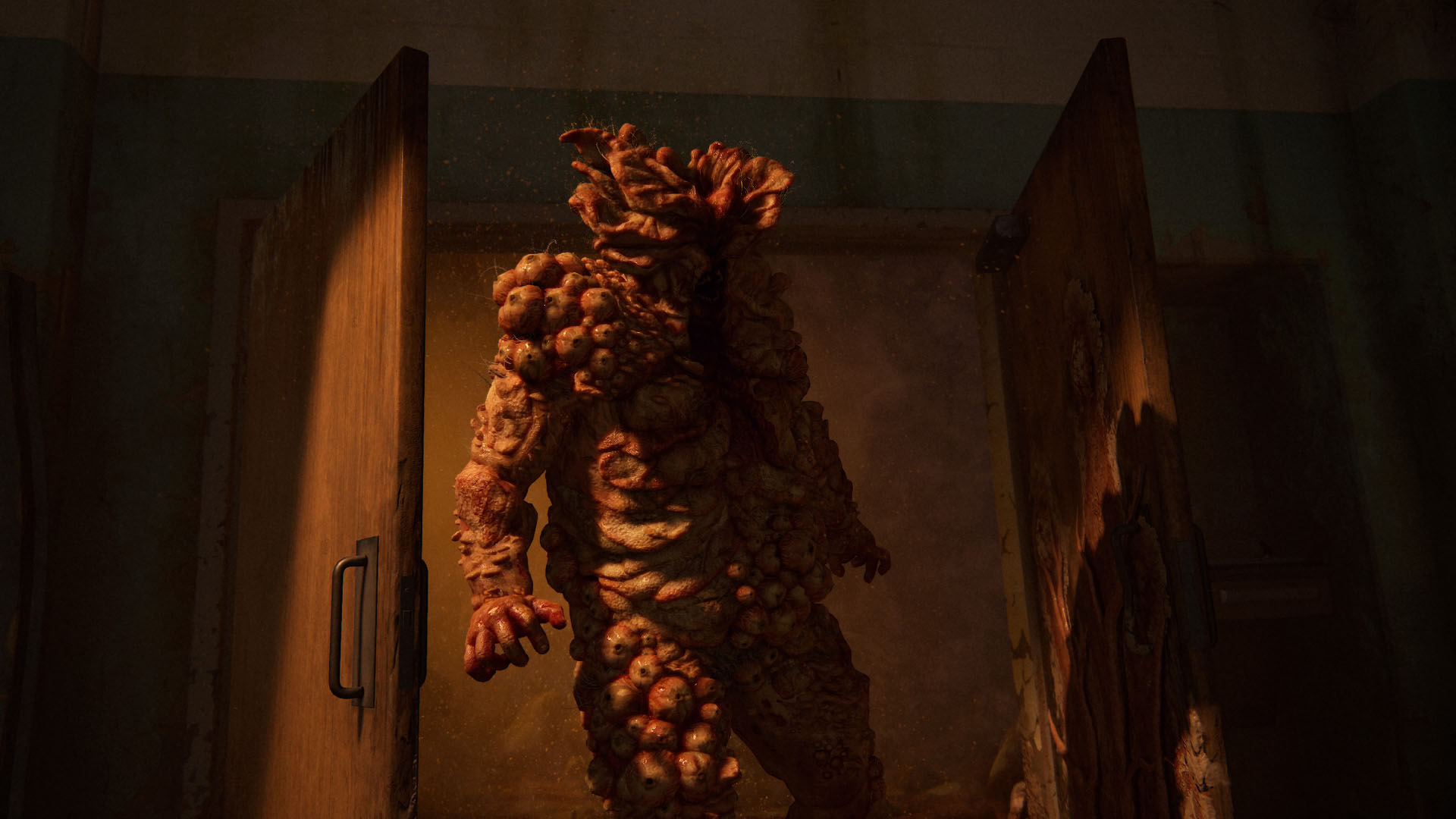
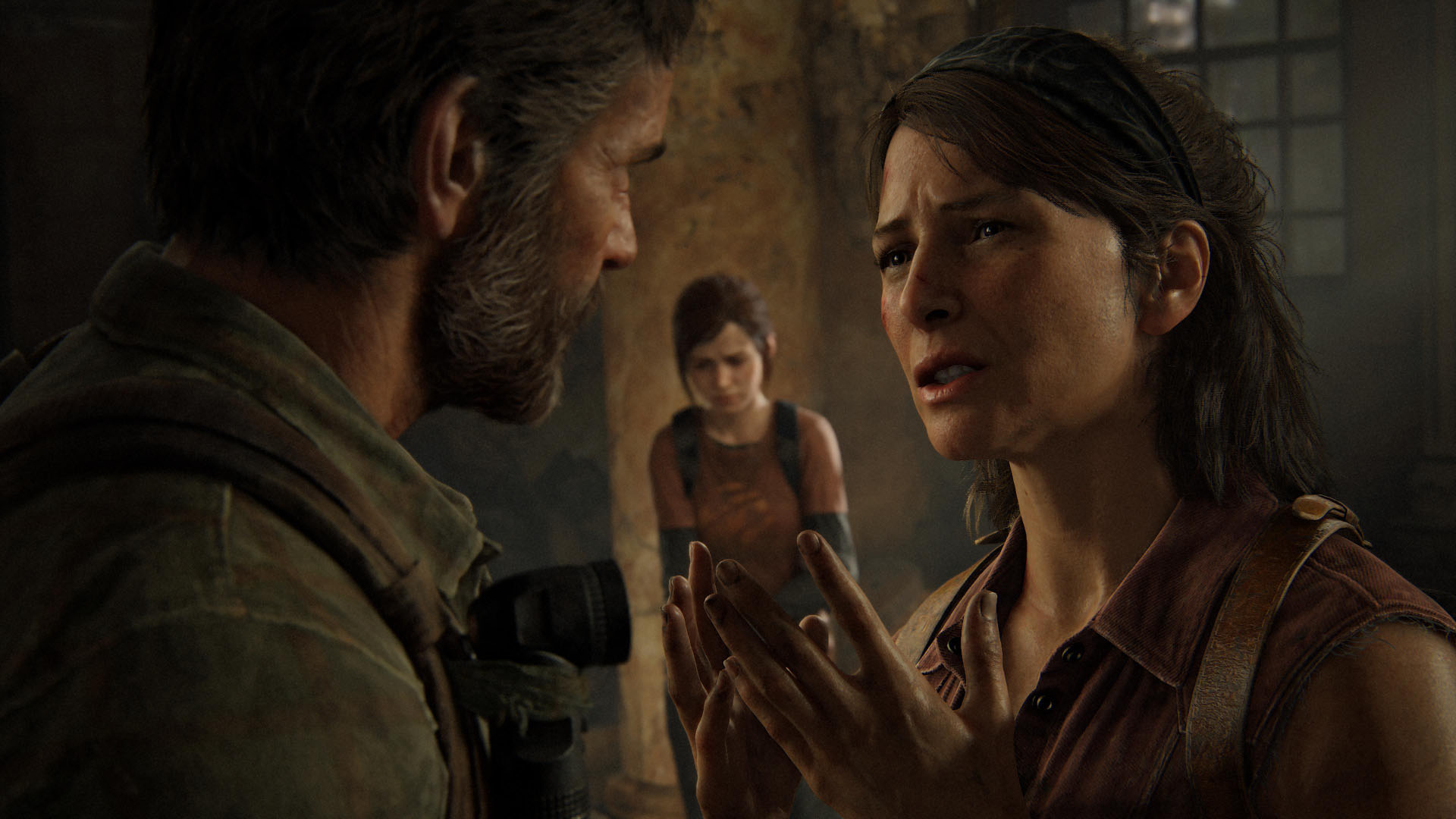








Published: Aug 30, 2022 02:59 pm